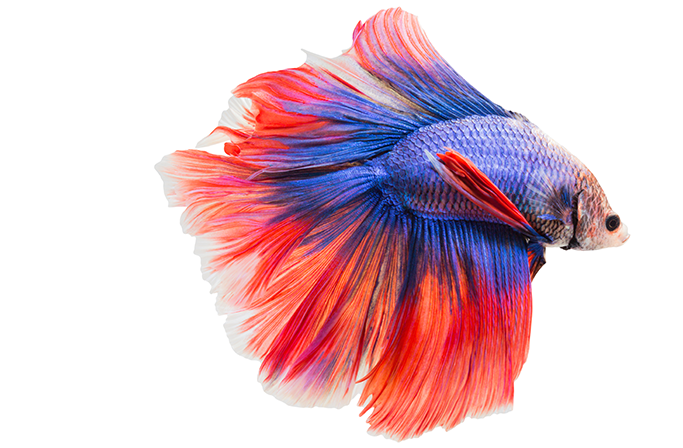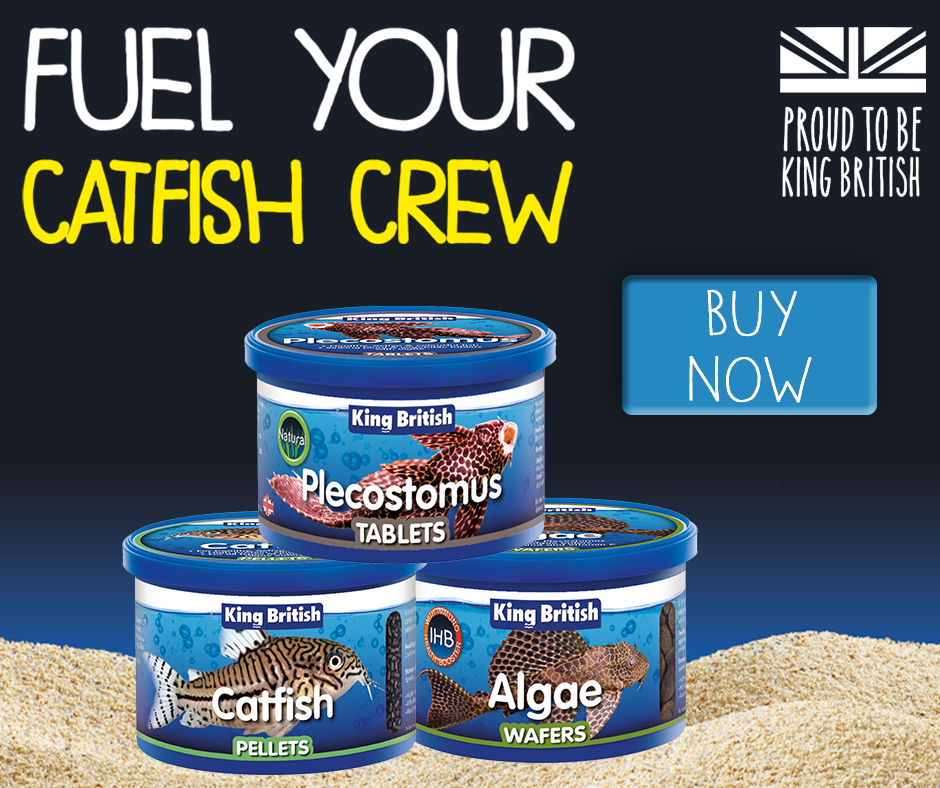- Products
- Help & Advice
- Blog
- 10 things to avoid with your new fishBringing home a new fish is exciting, but there’s also lots to think about. To help you out, we’ve listed 10 things to avoid with your new fish.

- How to maintain good water quality in your fish tankTop tips on maintaining good water quality in your fish tank

- Why is water quality such a big issue when it comes to fishkeeping?Why is water quality such a big issue when it comes to fishkeeping?

- All Blog Entries
- 10 things to avoid with your new fishBringing home a new fish is exciting, but there’s also lots to think about. To help you out, we’ve listed 10 things to avoid with your new fish.
- Store Finder
- Trade Enquiries
- Contact Us
Responsible Fish Ownership

While fish are often seen as the ‘easy option’ when it comes to choosing a pet, they do require dedication. The more specialist the fish you keep, the more research and time is needed to ensure that you can provide them with the correct care. Catfish are one such specialist fish, and with their brilliant colours and captivating behaviour, so it’s easy to see why they’ve become so popular.
With such a wide choice available, it’s tempting to walk into an aquatic shop and pick a fish that catches your eye. However, it is important to bear in mind that fish come from different places around the world, and you need to be able to replicate those conditions, particularly water quality, so they can live a healthy, happy life.
Before you even go into a shop, you should do your research so you have an idea of what you are letting yourself in for. Here are some questions you should find the answers to, either from personal research or an aquatic retailer, before you buy.
How big will my new fish grow?
It is very common for people to come out of the shop with a small fish and months later find it has grown too big for their tank.
It is a commonly touted myth that fish only grow to the size of their tank. This is completely untrue, and only ever appears to be factual if a fish’s growth is stunted. Stunted growth causes curvature of the spine, muscle wastage and premature death.
Before buying any kind of fish, be sure you know how big it will grow.
What tank mates are suitable for my new fish?
Some fish flourish better in groups while others are fine to live on their own. If you are considering mixing species, remember to research what lives well together.
Some catfish can be aggressive, especially towards their own species, and others will eat smaller fish. Asking your retailer what fish your new catfish has previously been housed with is often a good place to start if you’re unsure.
How should I set up my tank for my fish?
The two key things to consider when setting up a tank are water conditions and décor.
You need to make sure that the water conditions meet the needs of all your fish. It is impossible to keep fish with different water requirements together. If you’re unsure, ask your aquatic retailer for advice. Never add a new fish to an existing aquarium or buy a new group of fish before finding out if they can live in the same water conditions.
Whatever fish you keep it is important to maintain pristine water conditions. Catfish in particular are high waste producers and will pollute your aquarium, so be sure your filter can cope. You may even want to consider an additional filter depending on the number of catfish. Test your water routinely, when adding new fish and whenever you notice behavioural changes in your fish.
If you are fond of aquarium plants, you need to think carefully about what catfish you are hoping to keep. Many plecs absolutely decimate a whole aquarium’s worth of plants in a very short space of time. Not only will they chew on the vegetation but they will also dig up the roots, even if they are sunk in pots.
It is also crucial that you provide specific hiding places for your catfish, particularly if you have more than one. Many catfish, specifically plecs, can be incredibly territorial and will fight for the best hiding spots. Bogwood, pipes and caves are always a winner.
Don't forget to think about the floor of your tank. Bottom dwelling catfish, such as Corydoras or Banjo Catfish (which actually live under the substrate), need a sandy substrate rather than gravel as they love to dig and forage for food. Gravel can cause sores on their skin, wear down sensitive barbels or cause choking in some species.
What should I feed my new fish?
Different fish have different nutritional needs. Due to the shape of their mouths plecs, are often purchased for their algae-eating reputation. However, you will still need to provide them with food. Research is incredibly important in terms of diet for catfish, as different species all have different dietary requirements.
Many catfish are carnivores, while others will certain fruit and vegetables, or wood and the bio-film that grows on it. Speak to your aquatic retailer about the specific dietary requirements of your chosen catfish, especially if they require wood. Bogwood should be acquired from your aquatic retailer, as wood that is not specific for this purpose can introduce harmful pathogens into your aquarium.
Tagged as :
Fish Care Fishkeeping Specialist Tropical Fish Tropical Fish


